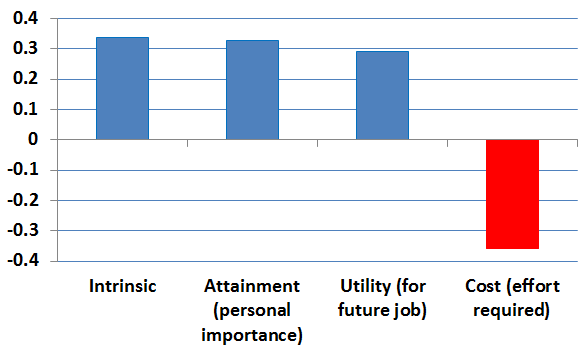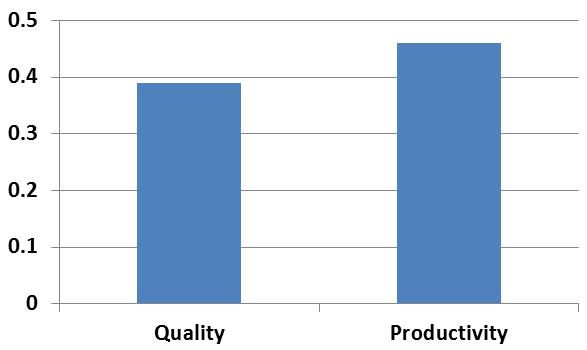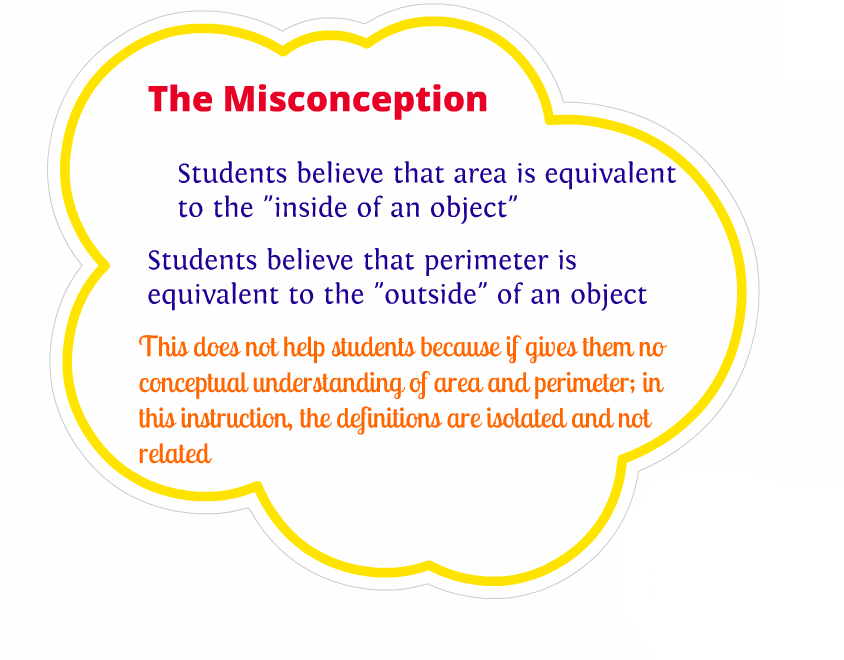In the Philippines, commencement ceremonies are currently being held. These ceremonies are indeed occasions of joy and pride for everyone. Parents, teachers and students are together as one, acknowledging years of labor and hoping for better years to come. Commencement indeed celebrates a beginning. As students embark on a new episode in life, everyone therefore looks forward to hearing a message that hopefully is worth remembering. The stage is set for commencement exercises in an elementary school in the Philippines (copied from Ibaba Elementary School 's facebook page) Here are excerpts from a memorable speech delivered by an English teacher, David McCullough, at Wellesley High School in Massachusetts in 2012: " ...commencement is life’s great ceremonial beginning, with its own attendant and highly appropriate symbolism. Fitting, for example, for this auspicious rite of passage, is where we find ourselves this afternoon, the venue. Normally, I avoid clichés li...












